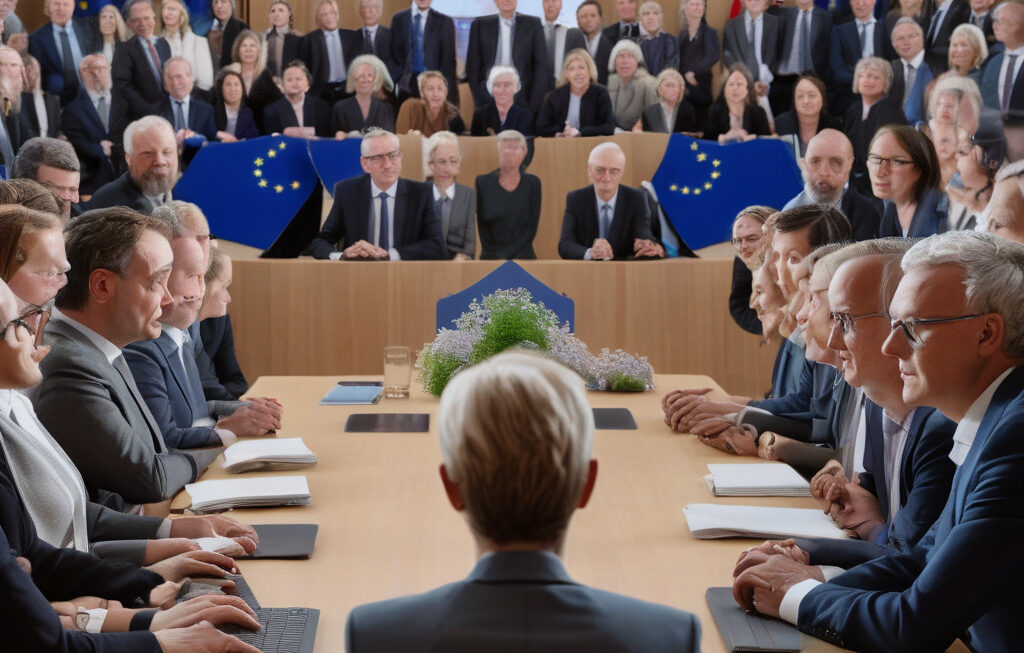Towards 2030: Will the EU Meet Its Packaging Waste Reduction Targets?
The European Union has set ambitious goals for reducing packaging waste by 2030, aiming to create a more sustainable future for the continent. However, as the deadline approaches, questions arise about whether the EU will be able to meet its targets effectively.
Packaging waste is a significant environmental issue, contributing to pollution, resource depletion, and landfill overflow. The EU recognizes the importance of addressing this problem and has implemented various strategies to combat packaging waste over the years. These strategies include legislation such as the Packaging and Packaging Waste Directive, which sets out recycling and recovery targets for packaging materials.
Despite these efforts, the EU still faces challenges in reducing packaging waste to the desired levels. One of the main obstacles is the complex nature of the packaging supply chain, which involves multiple stakeholders, including manufacturers, retailers, and consumers. Coordinating these stakeholders to adopt sustainable packaging practices and increase recycling rates is a daunting task.
Moreover, consumer behavior plays a crucial role in the generation of packaging waste. With the rise of e-commerce and convenience culture, the demand for packaged products has surged, leading to a corresponding increase in packaging waste. Encouraging consumers to choose products with minimal packaging or opt for reusable alternatives is essential for achieving the EU’s waste reduction targets.
Innovation also plays a key role in tackling packaging waste. The development of eco-friendly packaging materials, such as biodegradable plastics and compostable packaging, can help reduce the environmental impact of packaging waste. Additionally, technological advancements in recycling processes, such as advanced sorting systems and chemical recycling, can improve the efficiency of packaging waste management.
To track progress towards its 2030 targets, the EU regularly monitors packaging waste generation, recycling rates, and compliance with regulations. By analyzing this data, policymakers can identify areas that require additional attention and adjust their strategies accordingly.
As the deadline for the EU’s packaging waste reduction targets approaches, it is crucial for all stakeholders to work together towards a common goal of creating a more sustainable packaging system. Collaboration between governments, industries, and consumers is essential to overcome the challenges posed by packaging waste and ensure a greener future for Europe.
In conclusion, while the EU faces significant challenges in meeting its packaging waste reduction targets by 2030, concerted efforts and innovative solutions can pave the way for a more sustainable packaging industry. By addressing the complexities of the supply chain, influencing consumer behavior, fostering innovation, and monitoring progress effectively, the EU can move closer to achieving its waste reduction goals and creating a circular economy for packaging.
#EU, #PackagingWaste, #Sustainability, #Innovation, #2030Targets












